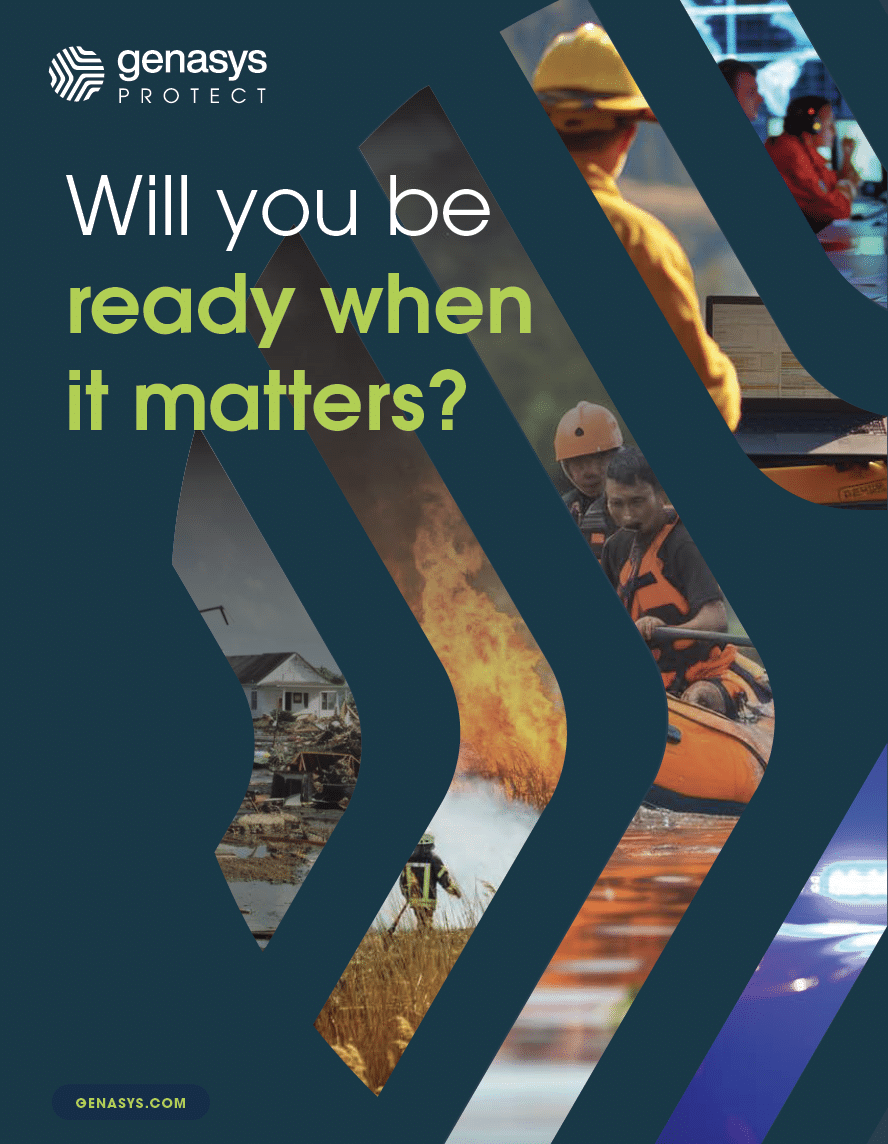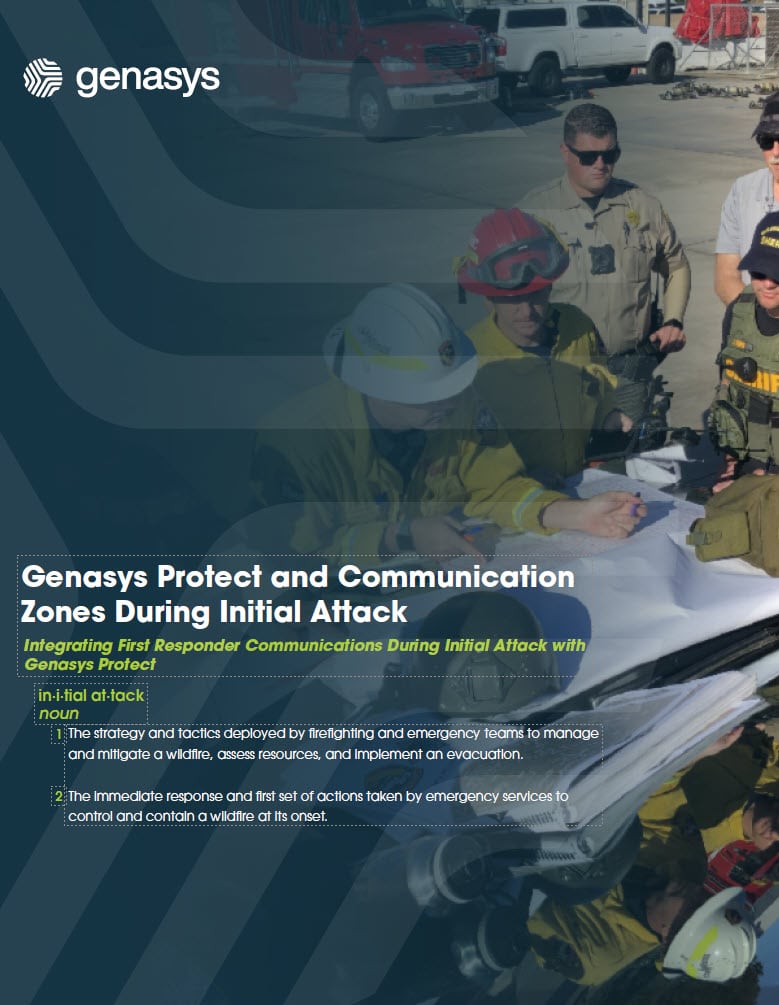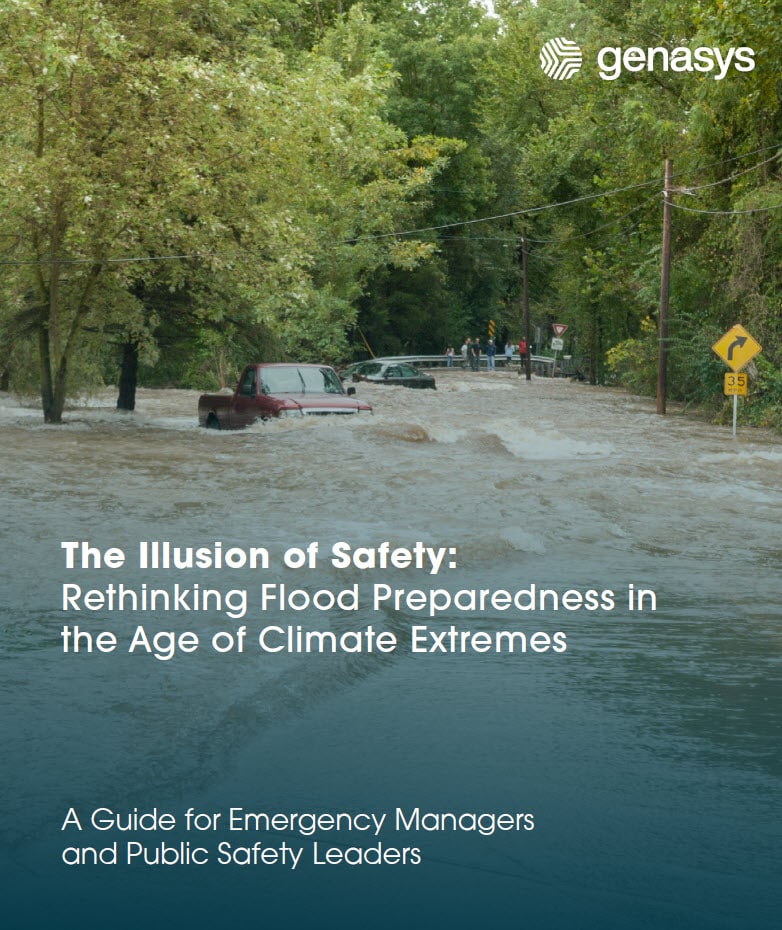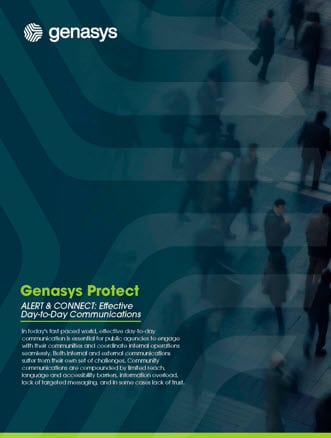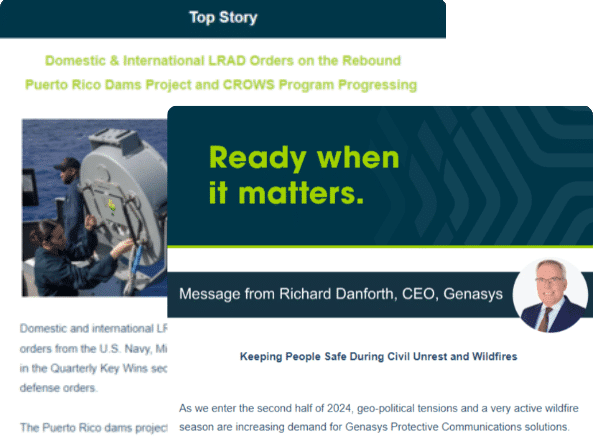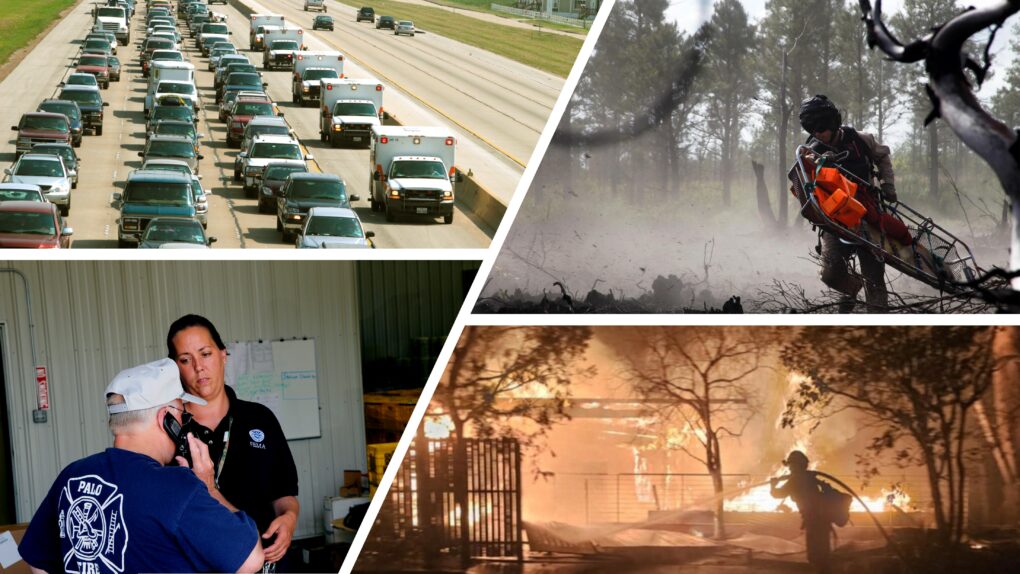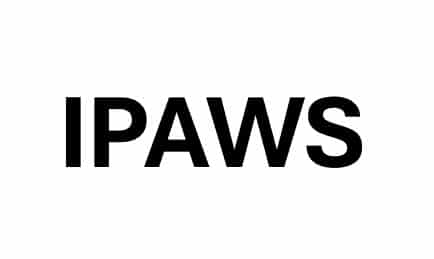By Brooke Siefker, Emergency Management Specialist
As the world becomes more volatile and critical events are on the rise, having a solid emergency communications plan that is automated, integrated, and scalable is imperative.
As an emergency manager—whether you are a member of law enforcement, a community-based agency representative working with the public, or a business leader—you want to be prepared in the event of a critical situation. That means creating and implementing an emergency communications and mass notification plan that is adaptable for your situation based on the types of emergencies your organization or jurisdiction may encounter.
During a disaster or critical event, people will look to you as a leader. Your emergency communications plan, including using alerts, warnings, and notifications to update those trying to properly navigate a difficult situation, will be crucial for response efforts. With clear and concise advanced preparation, your plan will ensure that you are ready when the time comes.
9 Best Practices for Emergency Communications
When looking at the protocols to be included in any emergency communications plan, it helps to look at it from the perspective of advanced preparation, training, and execution, followed up by review and further honing of the plan in anticipation of the next event.
To establish an effective communications solution, include these best practices:
1. Determine Your Emergency Communications Goals
Understanding your over-arching goals helps bring clarity to the plan. Are you responsible for a single enterprise business, multiple locations, or an entire community? Are your constituents trained professionals, coworkers, or community members that might include the elderly, children, and the unhoused?
Do you have specific concerns that can be anticipated in your geographic area? In other words, if your responsibilities are in Colorado, then hurricane evacuation is not a concern you want to prepare for, but severe winter snowstorms or massive wildfires would be appropriate.
When considering your overall goals, determine where your responsibility starts and stops. If your charges are coworkers, does your purview stop once they have left the business campus or building, arrived home, throughout an entire evacuation event? Be sure to involve the necessary people to adequately answer these questions.
2. Identify Your Audience
Plainly put — who are the people you are responsible for:
- The general public, visitors, and the unhoused
- Businesses within the community
- Government agencies and emergency personnel
- Business customers
- Employees (including remote employees or employees during travel)
- Stakeholders in your organization
- Volunteers
- Hospitals, prisons, and other large facilities housing vulnerable people
- Vendors or partners
- Media outlets
3. Creating a Responsible Team and Chain of Command
Choosing a team to be responsible increases accountability, but it also instills a sense of duty. For businesses this may be the members of a security department or OSHA taskforce. Whoever is chosen, they need to have the time and resources available to develop, maintain, and perform ongoing training so that a top-level emergency communications plan is the final result.
4. Invest in the Right Emergency Communications System
Whether that includes hardware or software (or both), finding a mass notification system that is right for the task at hand is crucial.
Do you require incident management software that can be layered on an existing physical and digital infrastructure, or do you want a more complete solution that includes an emergency management platform with a mass texting app that can be used with the IPAWS system and has a full array of long range acoustic speakers?
Are you responsible for emergency communications during an evacuation event? How can you keep the citizenry informed about evacuation routes and emergency changes? How can you provide updates on resource deployment, travel delays, or problems? What about shelters and family meeting areas?
To be sure that you have all of the necessary capabilities, consult a critical communications specialist or group to help assess your program, design the perfect solution, and recommend the type of mass notification solutions you require.
5. Initiate an Effective Threat Monitoring System
Part of any solid emergency communications solution is an effective threat monitoring system to notify enterprise and community participants of imminent threats to safety. Integrating with various external sensors like water-level monitors, gas detectors, fire alarms, and seismic activity sensors enables automatic alerts and rapid responses. Real-time data from sources like the National Weather Service (NWS) further enhances emergency alerts, ensuring swift reactions to evolving threats. Make sure to integrate the right systems and sensors to provide 24/7 monitoring capabilities and faster response times.
6. Model the Responses Based on Unique Scenarios
While planning the different types of scenarios possible, craft responses and templates that make sense in that environment. Responding to a winter storm event will be vastly different from responding to an active shooter event on a school or business campus.
Working to actively develop a set of templates to be used for alerts, warnings, and notifications reduces decision-making times during the crucial moments leading up to initialization of the critical event management protocol. Additionally, it reduces chances of errors and makes messaging more cohesive.
To further support message consistency and effectiveness, tools like the FEMA Message Design Dashboard can be used to create clear, standardized templates for different emergency scenarios. For additional guidance and resources, The Warn Room is a valuable platform that offers expert insights, best practices, and discussions on emergency alerts and communication strategies. Integrating such real-world resources can strengthen preparedness and align plans with evolving communication needs.
7. To Use Codes or Not to Use Codes
If you have citizens or employees and want to avoid a panic situation, consider coded messages, but limit the complexity. You don’t want people to be confused in an already chaotic environment.
Take a lead from hospitals and healthcare systems that use coded messages to alert staff and/or security personnel to various types of emergencies. Most people are familiar with “Code Blue” which identifies the need for the cardiac response team. But you might also hear other color codes, such as “Code Black” for a bomb threat, “Code Red” for a report of a fire, or “Code Orange” for hazardous chemical spills.
Still, some hospitals even use the older type messages like “Mr. Gallagher to Room XXX” to report a fire or “Paging Dr. Sinclair” to alert security to a combative situation. Just remember that any codes need to be easily memorized by those who will need direction.
It is important to note that plain language is generally preferred in public-facing emergency alerts due to its clarity, speed, and ability to reach diverse audiences quickly. In highly controlled settings or when confidentiality is necessary, coded messages may still have value, but they must be carefully managed to avoid confusion.
8. Agree on an All-Clear Message
At the start of any emergency, the end goal is to get to the ‘All Clear’ message where things are under control and returning to normal. Be sure to assess the situation thoroughly before issuing this alert to ensure the threat is fully mitigated.
While all-clear messages provide clarity, assurance, and help people safely resume routines, they should be used judiciously to prevent alert fatigue and avoid sending unnecessary notifications, such as after certain weather events.
9. Ongoing Training is a Must
There’s a reason that the military, police, and fire professionals participate in ongoing training drills — when time is of the essence, training and muscle memory kick in and a well-trained group will easily adapt regardless of the environment.
Putting It All Together
When considering an emergency plan that includes an industry-leading protective communications platform, talk with our experts at Genasys. With decades of experience in the critical event management field, the Genasys Protect team can help you design a comprehensive emergency communications solution that fits your needs and budget.
Contact Genasys to learn more about the ways we can aid you through our Genasys Protect Platform with ALERT, ACOUSTICS, EVAC, and CONNECT.



